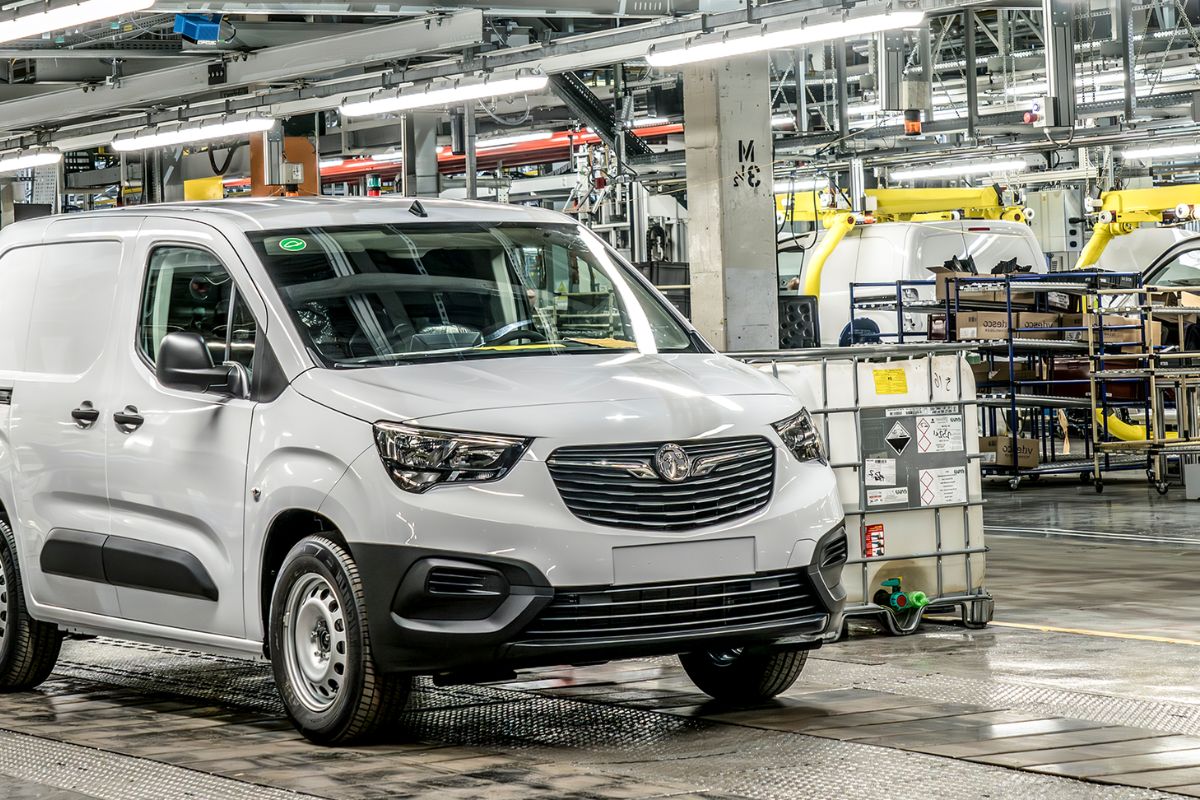Chinese Partner Revives Stellantis: The recent collaboration between Russian and Chinese entities to revamp the Stellantis plant for Citroën production has set tongues wagging in the automotive world. As Stellantis halts its operations in Russia, the move to partner with China raises eyebrows over potential implications for brand control.
With the globalization of supply chains, questions arise about the extent of Stellantis’ oversight in this joint venture. Will this partnership lead to a surge in Citroën vehicles in the market, or are we witnessing a shift towards parallel imports and potential ramifications on brand exclusivity?
Key Takeaways
- Stellantis demonstrates resilience by partnering with China for Citroën production amid geopolitical challenges.
- The collaboration secures Citroën’s presence in the Russian market, ensuring brand continuity and consumer access.
- Stellantis’ adaptability showcases industry prowess in navigating complex global scenarios for sustained operations.
- The partnership safeguards jobs at the Kaluga plant, emphasizing strategic growth opportunities and market stability.
Stellantis Halts Production in Russia
In response to the geopolitical turmoil following the invasion of Ukraine in February 2022, Stellantis, a prominent car manufacturer, made the strategic decision to halt production in Russia in April 2022 due to logistical challenges and sanctions. This bold move sent shockwaves through the automotive industry, with Stellantis taking a firm stance against the actions that had destabilized the region.
Also Read: Stellantis’ European Plant Power Play Sparks Clash With Rome
By putting a stop to production in Russia, Stellantis demonstrated its commitment to upholding ethical business practices, even at the cost of potential financial losses. The decision to cease operations in Russia showcased Stellantis’ dedication to standing up for what is right, regardless of the consequences. This courageous move not only highlighted Stellantis’ integrity but also set a powerful example for other companies operating in the region, urging them to reevaluate their positions in the face of political upheaval.
Stellantis’ decision to halt production in Russia was a resounding statement that ethics and principles should always take precedence, no matter the circumstances.
Chinese Partnership and Citroën Assembly
Despite ceasing production in Russia due to geopolitical challenges, Stellantis has found a creative solution through a partnership with a Chinese manufacturer to continue assembly of Citroën models at the Kaluga plant. This strategic move showcases Stellantis’ resilience and adaptability in the face of adversity, turning what could have been a setback into an opportunity for innovation and collaboration. By teaming up with a Chinese partner, Stellantis is not only ensuring the continuation of Citroën production but also forging stronger ties in the global automotive market.
The collaboration between Russian operators and the Chinese manufacturer highlights the intricate web of international relations that govern the automotive industry. It also demonstrates the importance of flexibility and quick decision-making in a fast-paced and ever-changing world.
This partnership not only secures jobs at the Kaluga plant but also opens up new avenues for growth and development. Stellantis’ ability to navigate complex geopolitical landscapes while driving forward with production showcases their prowess as a key player in the automotive sector.
Lack of Control Over Brands
Revealing a stark reality for Western companies like Stellantis, the lack of control over their brands post-suspension in Russia unveils a troubling trend in the automotive industry. As Stellantis grapples with the aftermath of halting operations in Russia, the absence of oversight has allowed for a concerning narrative to unfold.
Western sanctions seem to lack teeth when companies like Stellantis struggle to maintain authority over their brands in foreign territories. This lack of control not only jeopardizes the integrity of the brands but also raises serious questions about compliance with international regulations and sanctions.
| Challenges Faced by Stellantis | ||
|---|---|---|
| Lack of Brand Control | Compliance Concerns | Sanctions Adherence |
This trend highlights a growing reliance on partnerships with countries like China, leaving Western companies vulnerable to losing their grip on their brands’ reputation and values. Stellantis, among others, finds itself in a precarious position, navigating a landscape where control is slipping away, and the consequences could be far-reaching.
Stellantis Recognizes Loss of Control
The alarming reality faced by Stellantis in acknowledging the loss of control over its entities in Russia reveals a dire financial setback, underscoring the company’s vulnerability in foreign markets. This pivotal moment in Stellantis’ history serves as a stark reminder of the perils that can befall even the most established automotive giants when operating in complex global landscapes.
The following bullet points paint a vivid picture of the challenges Stellantis now confronts:
- Financial Turmoil: Stellantis’ recognition of a substantial 144 million euro loss, encompassing cash and cash equivalents, highlights the grave consequences of losing control over vital operations.
- Strategic Uncertainty: The blurred lines of authority in Russia post-December 31, 2023, cast a shadow of doubt over Stellantis’ ability to steer its course effectively in the region.
- Reputational Risk: The fallout from this loss of control tarnishes Stellantis’ reputation as a stalwart in the automotive industry, raising concerns among investors and stakeholders alike.
Parallel Imports and Continued Citroën Availability
With parallel imports sustaining Citroën’s presence in the Russian market amidst the departure of numerous competitors, the brand’s availability underscores the intricate dynamics at play post-geopolitical shifts. Despite the challenging landscape, Citroën models continued to reach Russian consumers through a scheme enabled by Moscow, demonstrating resilience in the face of adversity. This strategic maneuver not only ensured the brand’s survival but also highlighted the importance of adaptability in an ever-changing market environment.
| Aspects | Implications | Advantages |
|---|---|---|
| Continued Supply | Resilience showcased | Competitive edge |
| Market Presence | Brand loyalty tested | Adaptability proven |
| Consumer Access | Reliability proven | Differentiation achieved |
| Import Mechanism | Regulatory compliance | Flexibility maintained |
| Competitor Exodus | Market opportunity seized | Market share potential |
The sustained availability of Citroën models through parallel imports not only defied the odds but also served as a testament to the brand’s enduring appeal and adaptability in navigating challenging circumstances. As competitors fled the market, Citroën’s ability to remain a viable option for consumers further solidified its position as a resilient player in the ever-evolving automotive industry.
Conclusion Of Chinese Partner Revives Stellantis
The revival of the Stellantis plant through a partnership between Russian and Chinese companies for Citroën production is a bold move that highlights the changing landscape of the automotive industry.
The lack of control over brands may raise concerns, but Stellantis recognizes the need to adapt in order to stay competitive.
With parallel imports and continued availability of Citroën vehicles, the future looks promising for this new collaboration.
Our Reader’s Queries
Q1 Which company makes Citroen car?
A Founded in 1919, Citroën, a French car brand, became a part of Stellantis in 2021 through the merger of PSA Group and Fiat Chrysler Automobiles. Initially under PSA Group, Citroën now thrives within the Stellantis N.V. conglomerate.
Q2 Who made the Citroen car?
A Established in France, Citroën, an automobile manufacturer founded by André-Gustave Citroën in 1919, holds the distinction of being the inaugural mass-production car company outside the USA. Pioneering a comprehensive sales and service network alongside its automobiles, Citroën marked innovative strides in the industry.
Q3 Where is Stellantis from?
A With a presence spanning Europe, North and South America, Asia Pacific, the Middle East, and Africa, Stellantis has its headquarters situated in Amsterdam, the Netherlands.




